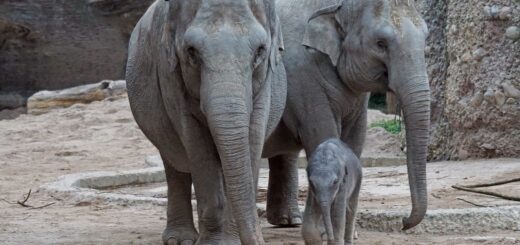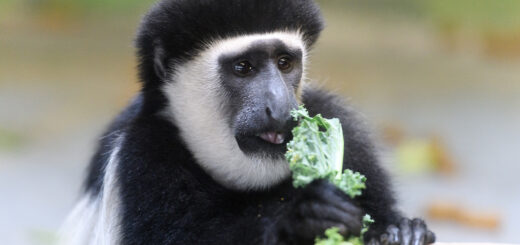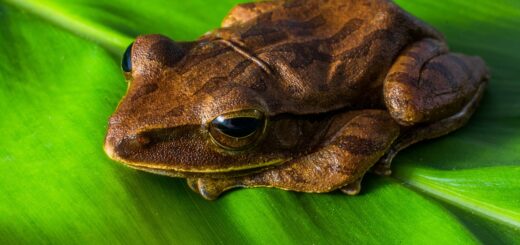Use of a human behavioral change model to modify animal diet: modification of primate diets and feeding regimes at the Philadelphia Zoo
Citation
Toddes BD, Ialeggio D, and Baker A. 2021. Use of a human behavioral change model to modify animal diet: modification of primate diets and feeding regimes at the Philadelphia Zoo. In Brooks M, Koutsos E, and Henry B Eds. Proceedings of the Fourteenth Conference on Zoo and Wildlife Nutrition, Zoo and Wildlife Nutrition Foundation and AZA Nutrition Advisory Group, Virtual.
Abstract
For over a century, the Philadelphia Zoo has evolved the feeding and nutrition of non-human primates in its care. Beginning with the work of Dr. Corson-White in the 1920s, and progressing with Drs. Ratcliff, Snyder, and colleagues through the twentieth century, the Zoo has long made primate nutrition an institutional priority. Despite this, as the Philadelphia Zoo moved through the 21st century, common issues were observed in captive primates at both our institution and within the larger zoological community: dental, skin, and pelage condition; weight control challenges, and behavioral concerns were present in the collections. In 2012, the Zoo participated in an intestinal microbiome study, the results of which indicated that gut microbial diversity in zoo-housed primates was reduced as compared with that in their wild counterparts. These results, along with emerging evidence for negative behavioral and health impacts associated with high sugar diets and dysbiosis in humans, prompted the Philadelphia Zoo to revamp primate diets. The goals of these diet modifications were to reduce total sugar, increase fiber content, and offer foods more consistent nutritionally to those consumed by the species in the wild. – a goal that would also require an extensive revamping of keepers’ understanding of primate nutrition. To ensure the success of this major transition, the Transtheoretical Model (TTM) for change was used to guide the progression of the Zoo’s dietary modifications, resulting in their successful implementation. This transition to a low sugar high fiber diet in our collection has resulted in documented improvements in weight management, skin and coat condition, fecal quality scores, and animal cooperation with behavioral husbandry.
 45_Toddes.pdf 358 KB
45_Toddes.pdf 358 KB








